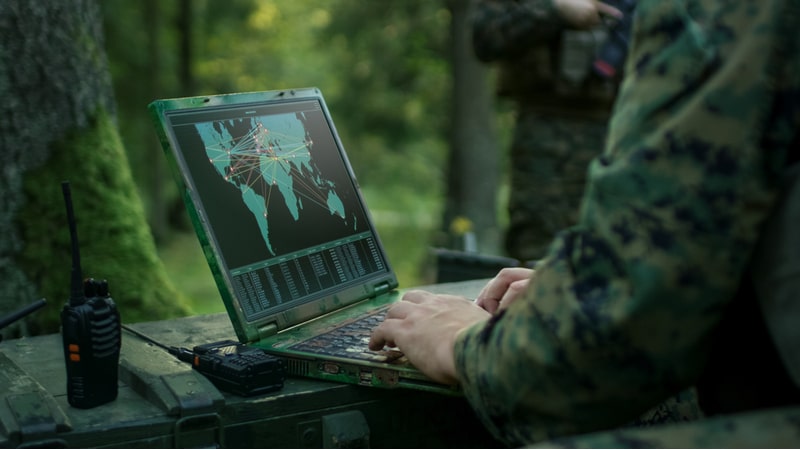
The U.S. Army is looking to partner with industry as it begins the next phases of its Next Generation Command and Control (NGC2) program: “deliberate pilots” and “persistent experimentation.”
Program Executive Officer for Command, Control, and Communications-Tactical (PEO-C3T) Mark Kitz said today during AFCEA International’s TechNet Augusta 2024 that his office is embarking on this journey to make command and control more agile and adaptable, but that the PEO can’t do it without industry’s help.
“First, we’re going to do our experimentation,” Kitz said. “As part of that experimentation, we’re going to be piloting. So, you’re going to see the PEO start engaging with industry about how we’re going to pilot capability in parallel to this experimentation.”
The NGC2 project is the Army’s joint effort with industry to build a data-centric C2 system facilitated through network transport. The aim is to reimagine the Army’s enterprise data architecture and revolutionize its operational software framework.
The idea is for the software-based approach to be simple and intuitive and give commanders a common operating picture that meets their needs.
Maj. Gen. Patrick Ellis – who was appointed this summer to serve as the lead of the Army Futures Command’s Network Cross-Functional Team – said that his team began meeting this week to “start the initial path ahead” for NGC2 requirements documents and the goal is to complete a draft of the guidance ahead of the Army’s Project Convergence Capstone 5 (PC-C5) in March of next year.
“The goal is to … be able on the back end of PC-C5 update [the requirements documents] relatively quickly and then get it out on the street,” Ellis said. “The goal that we’re going for is to not wait for the big experiment to be done and then build the requirements documents – do that in parallel.”
“We expect this requirements material solution to be very volatile. We’ve got to get more adaptive, and that’s what you’re going to see from General Ellis and I, is being more adaptive and responsive to commanders’ needs,” Kitz added. “We need to have a capability that allows for the flexibility for our commanders, and regardless of the environment that they’re fighting in, to have a C2 capability that they can leverage.”
Kitz explained that there is currently a software pathway program for NGC2 in the “pending phase.”
“The acquisition community and the Futures experimentation community are working very closely together to build one roadmap for the future program,” Kitz said. “Our goal here is to get to a minimum viable product, in the acquisition parlance, in March of 2026.”
Kitz said they will be holding an industry day – currently scheduled for Sept. 16 – to ask for “feedback on a strategy for contracting a competitive environment around Next Gen C2 capability.”
“C2Next is going to be a fundamentally different approach to command and control,” Ellis added. “We think there’s going to be some different approaches with requirements documents and inside of the contracting world as well, that we may not be able to do things the way we’ve always done it. I think there’s going to be some challenges there, but we’re committed to working through those together.”
Kitz explained that the journey for NGC2 doesn’t end when they reach a minimum viable product in 2026.
“There will be a parallel path of continued experimentation. There will be a parallel path for our program and how we deliver capability to the Army, and we’re going to continue that. So, PC-C6, PC-C7, all of that will continue experimentation on C2,” Kitz explained. “There’s going to be lots of opportunity for innovation, for production capability, for delivering the multiple environments we need to have a C2 capability.”
Kitz and Ellis highlighted that the next Technical Exchange Meeting (TEM 13) will be held in Savannah, Ga., on Dec. 10 and 11, focusing on NGC2. Further details and registration will be announced next month.
Kitz highlighted that they plan to release a request for information (RFI) on Dec. 9 for “strategic industry engagements.”
“Really what we’re looking for is two-to-five-year forecasts from industry partners,” Kitz said. He added that this will give industry the opportunity to “discuss their future roadmap” directly with himself and Ellis.
“We’re going to run one-on-one engagements,” he continued, adding, “you’re going to have the opportunity to respond to that RFI and do strategic one-on-one industry engagement with the government team in a sanitized environment.”
